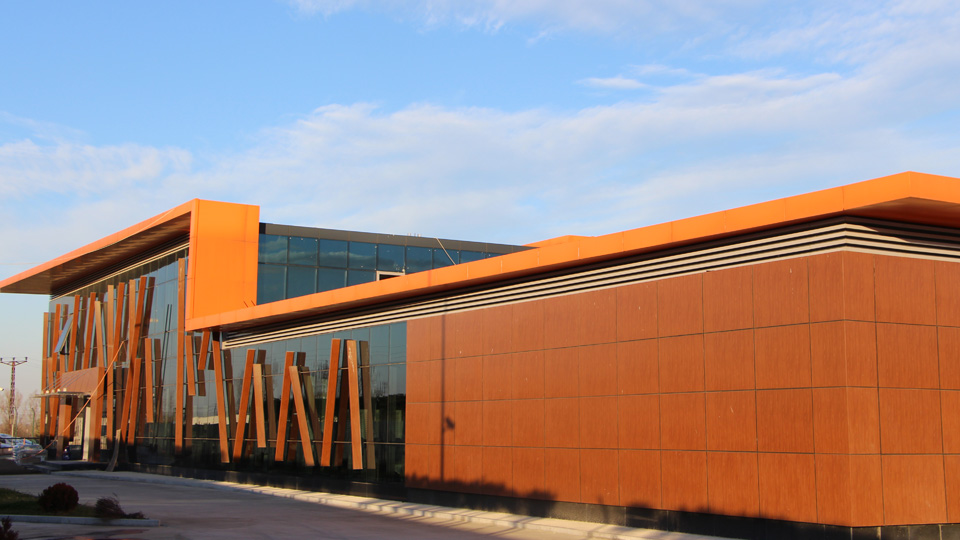Properties and Classification of Composite Materials

What is Composite?
The combination of two or more materials with different chemical, physical or biological properties is called a composite.
Raw materials brought together after processes such as melting and boiling to combine the materials cannot be easily separated from each other.


The parts that form an integrated new material (composite) work together to compensate for each other’s weaknesses and exhibit other unique new properties.
Most composites consist of two or more parent materials. One of these main materials is the so-called matrix, that is, the binder. They serve to hold together the other main substance, called reinforcement or carrier.

How is Composite Material Produced?
- Plasma Spraying
- Manual deposit
- Rapid Solidification
- Semi-Solid Mixing
- Powder Metallurgy
- Liquid Metal Impregnation
- Compression or Fluid Forged Casting
- Liquid Metal Mixing
- Fiber Wrapping
- Resin Injection Molding Technique (RTM)
- Autoclave Processing
- Vacuum Infusion
- Pressurized and Non-Pressure Infiltration
- Diffusion Bonding and Vacuum Pressing
- Hot Pressing and Hot Isostatic Pressing
- Production can be done using the Prepreg Molding Technique.

Classification of Composite Material
It is possible to classify composite materials in two ways, according to the materials that make up their structure and the shapes of the structural components. According to the type of matrix material;
1. Composites According to Matrix Structures
a. Metal Matrix Composites
b. Ceramic Matrix Composites
c. Polymer Matrix Composites
- Thermoplastic Materials
- Thermosetting Materials
- Epoxies
- Polyesters
- Phenolics
- Silicones
- Polyamides
- Polyurethanes
- Cyanet esters
- Elastomer Materials
d. Carbon-Carbon Composites
e. Nano Composites
2. Composites by Reinforcement Elements
- Fiber Reinforced Composites
- Particle Reinforced Composites
- Layered Composites
- Mixed (hybrid) Composites
- Sheet Composites
Comparison of Composite Material with Other Materials
We have prepared a visual comparing the composite material with other traditional materials. You can examine the graphs of steel, aluminum and composite.

The use of composite materials, which are quite durable and inexpensive compared to the processing costs, is increasing day by day, especially in architectural facade designs.

